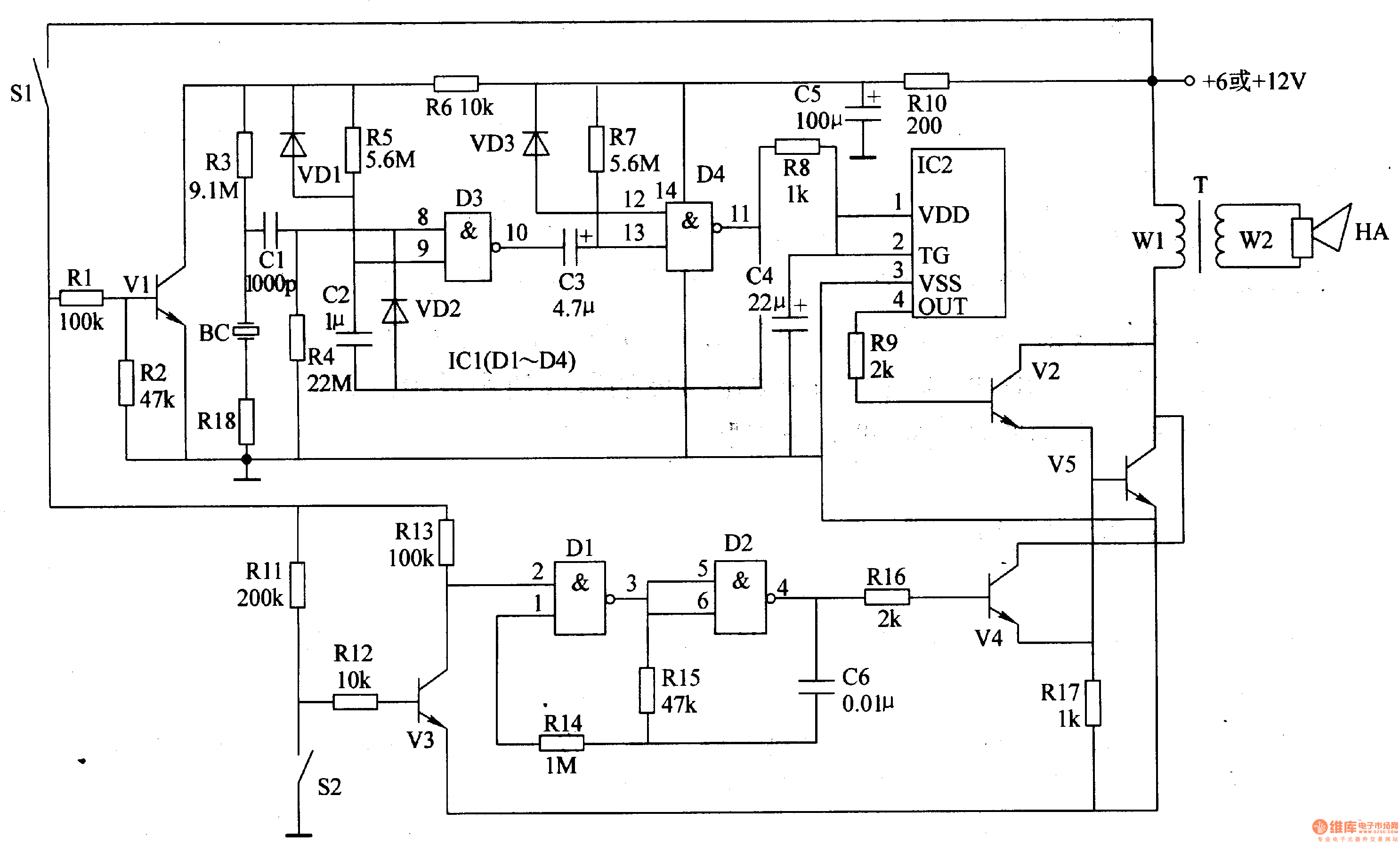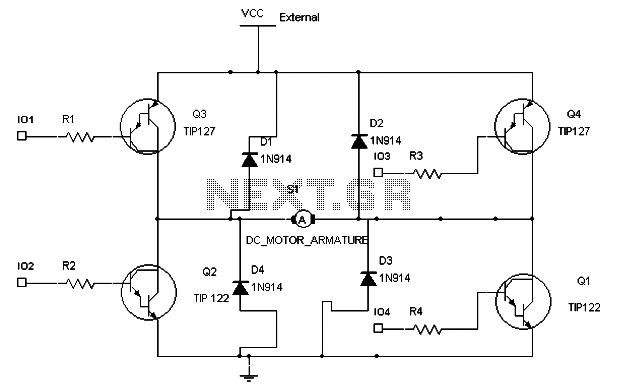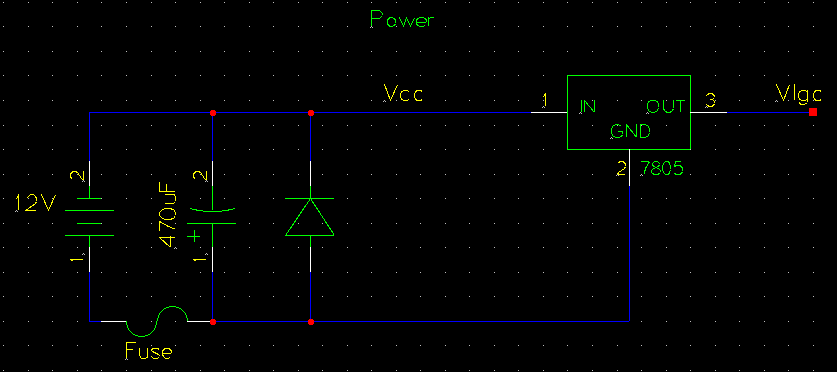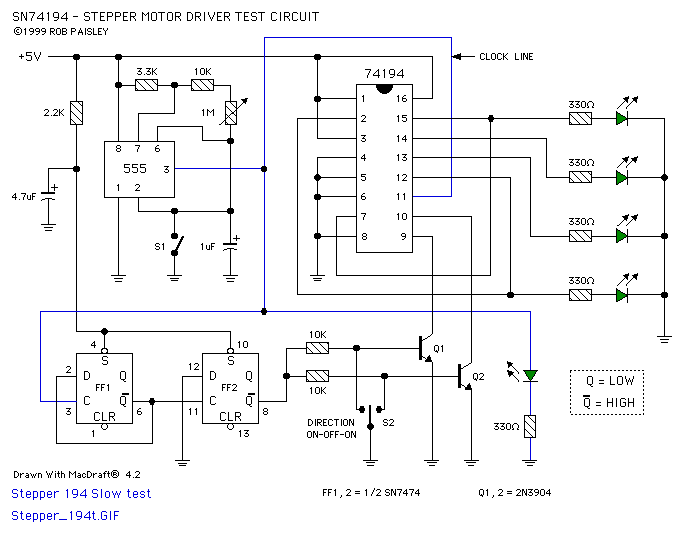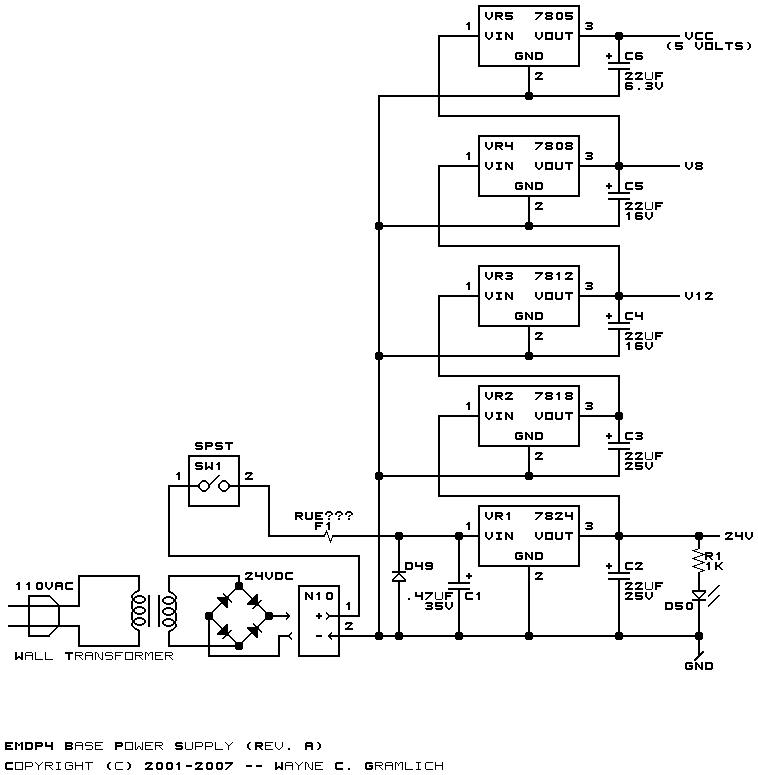
To Automate Rolling Shutter Motor
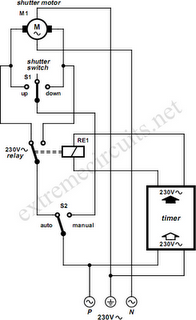
To automate the opening and closing of a rolling shutter using a time-controlled switch, additional wiring will be necessary.
To implement an automated system for a rolling shutter, a time-controlled switch can be utilized to manage the operation of the shutter. The circuit design will involve several key components: a time switch, a relay, and the rolling shutter motor.
The time switch serves as the control unit, allowing the user to set specific times for the shutter to open and close. This device typically features programmable settings, which can be adjusted to meet the user's requirements.
The relay acts as an intermediary between the time switch and the rolling shutter motor. It is essential for handling the higher currents that the motor may draw, ensuring that the time switch, which is rated for lower currents, is not damaged. The relay should be rated appropriately to handle the motor's voltage and current specifications.
Wiring will be necessary to connect these components. The time switch will be connected to the relay's control circuit. The relay's output will then connect to the rolling shutter motor, allowing the relay to control the power supply to the motor based on the time switch's settings.
Additionally, it is advisable to include safety features such as fuses or circuit breakers to protect against overloads. Proper insulation and routing of the wires are also crucial to prevent short circuits and ensure reliable operation.
In summary, the automation of a rolling shutter with a time-controlled switch requires careful consideration of the components, wiring, and safety measures to create an efficient and reliable system.If you would like to automate? the opening and closing a rolling shutter with a time controlled switch, a few additional wires will have to be . 🔗 External reference
To implement an automated system for a rolling shutter, a time-controlled switch can be utilized to manage the operation of the shutter. The circuit design will involve several key components: a time switch, a relay, and the rolling shutter motor.
The time switch serves as the control unit, allowing the user to set specific times for the shutter to open and close. This device typically features programmable settings, which can be adjusted to meet the user's requirements.
The relay acts as an intermediary between the time switch and the rolling shutter motor. It is essential for handling the higher currents that the motor may draw, ensuring that the time switch, which is rated for lower currents, is not damaged. The relay should be rated appropriately to handle the motor's voltage and current specifications.
Wiring will be necessary to connect these components. The time switch will be connected to the relay's control circuit. The relay's output will then connect to the rolling shutter motor, allowing the relay to control the power supply to the motor based on the time switch's settings.
Additionally, it is advisable to include safety features such as fuses or circuit breakers to protect against overloads. Proper insulation and routing of the wires are also crucial to prevent short circuits and ensure reliable operation.
In summary, the automation of a rolling shutter with a time-controlled switch requires careful consideration of the components, wiring, and safety measures to create an efficient and reliable system.If you would like to automate? the opening and closing a rolling shutter with a time controlled switch, a few additional wires will have to be . 🔗 External reference
